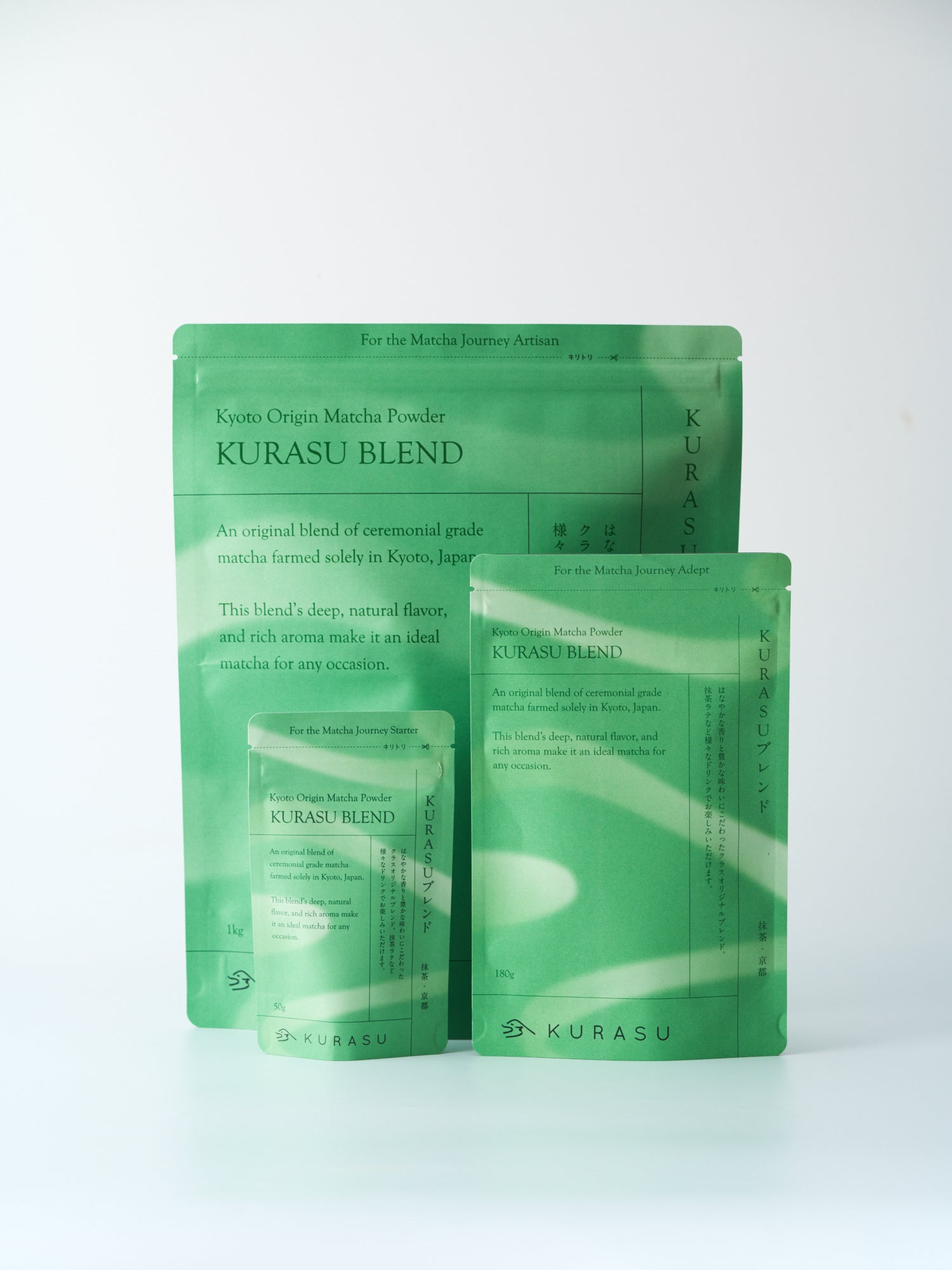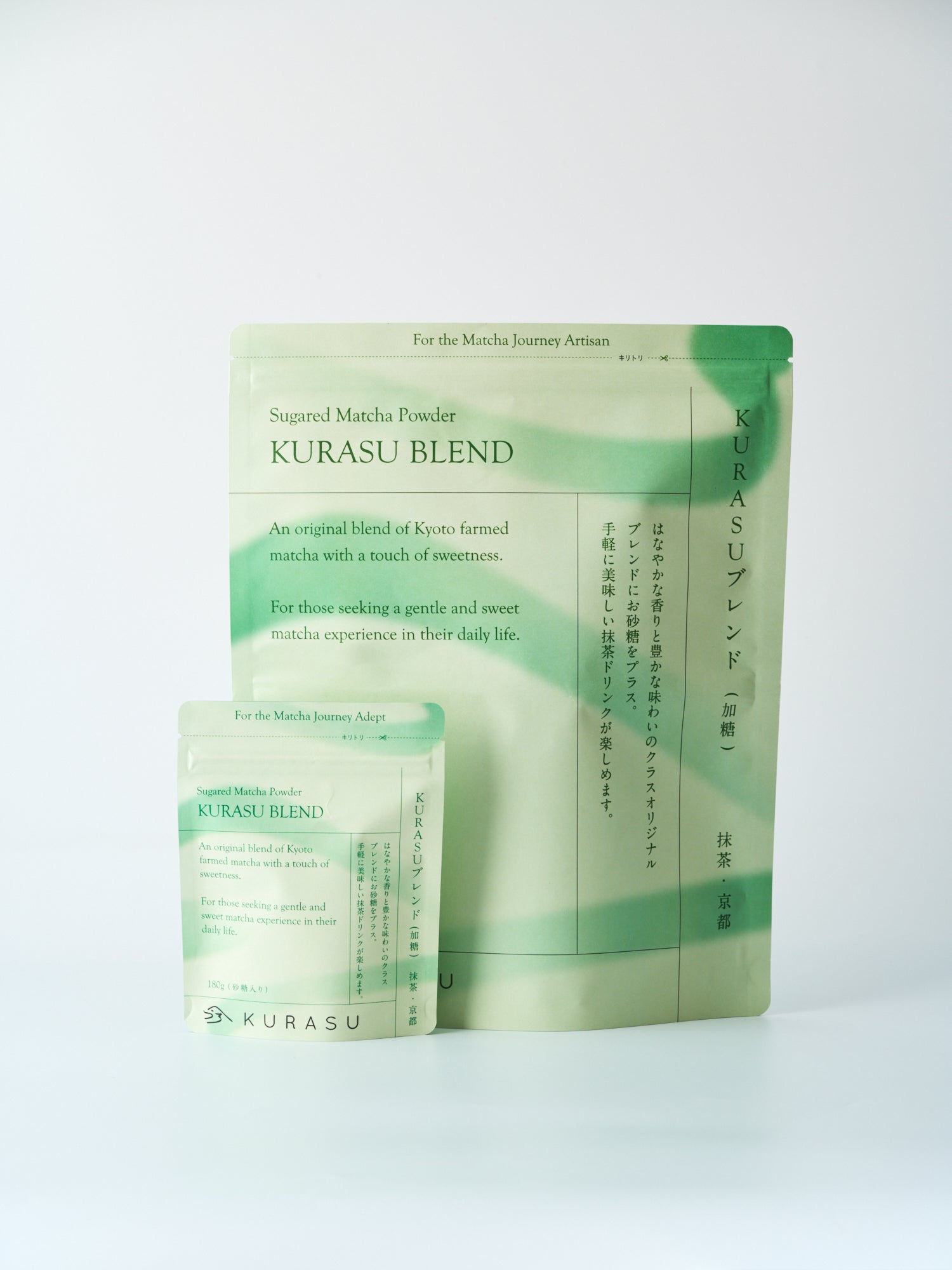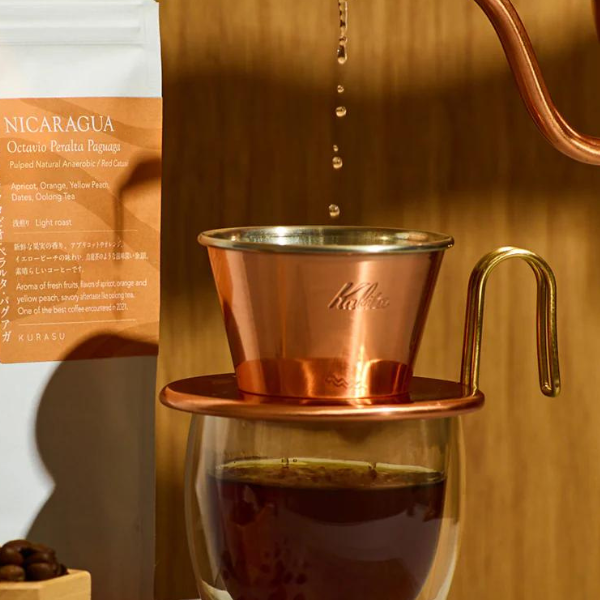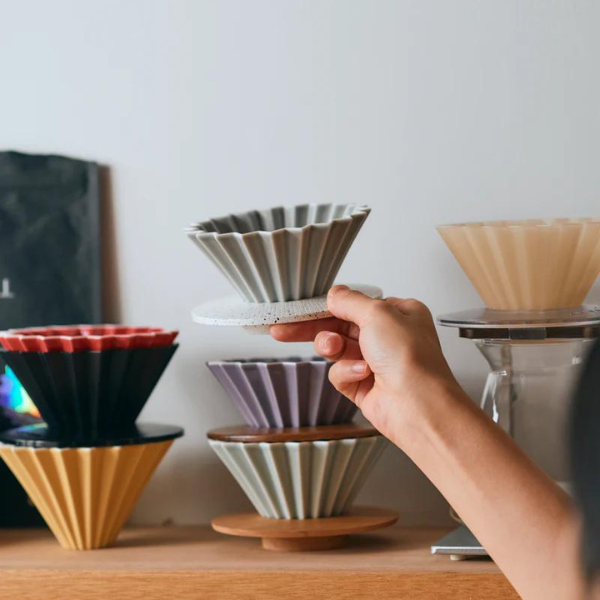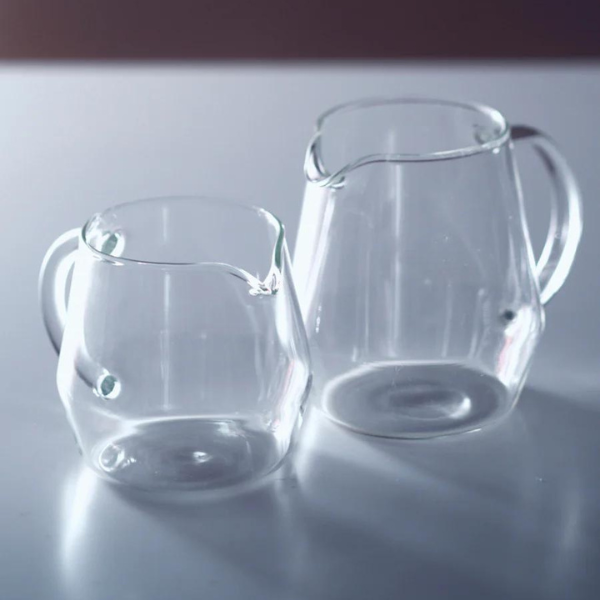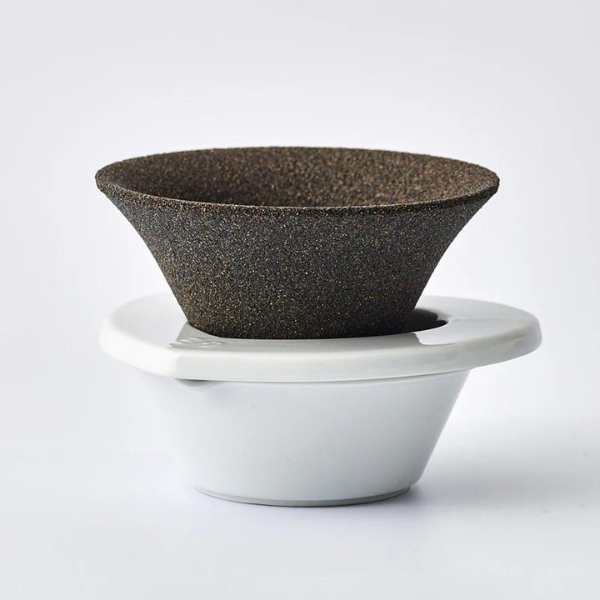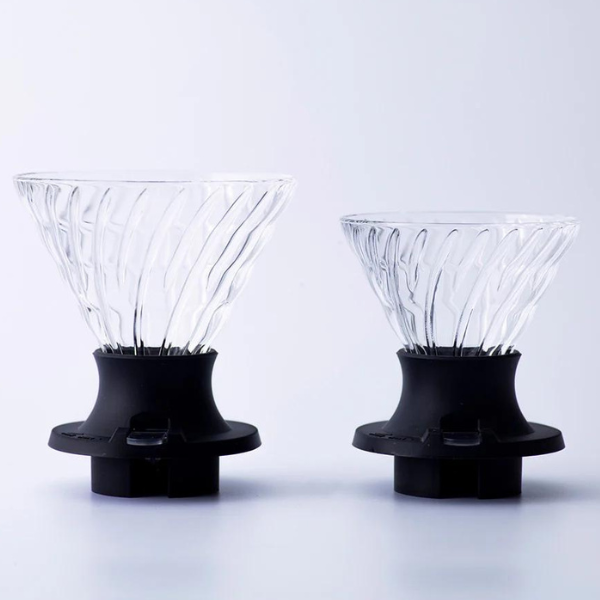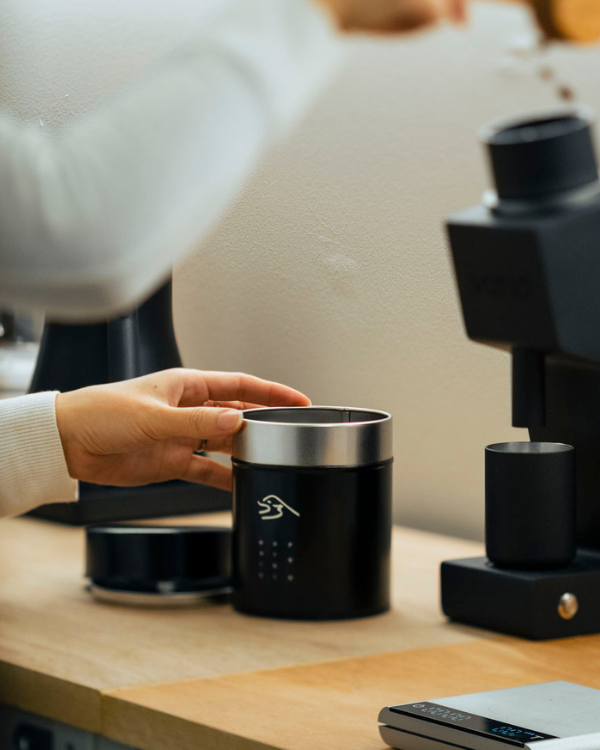Since the news of Tim Wendelboe choosing the one from Loring Smart Roast as his new roasting machine in 2018, it has gained its fame and popularity even more than before. It has become a hot topic in Japan too, and more and more coffee roasters have been installing them over the past few years.
Roasting machines play a big role in defining your coffee flavor- Fuji Royal, Probat and Giesen are some of the major roasting machines, and each coffee roaster chooses their machine with a great deal of consideration to achieve their ideal flavor. Some even specifically seek for a certain vintage model to own an ultimate machine of their dream.
Coffee roasting is a job that makes full use of all five senses, and requires careful daily adjustments depending on the region, season, and condition of the green coffee beans. However, making the most out of the ingredients is not the only thing you need to excel at- selling them as a product means your work is also repeatable and consistent in quality when produced in mass. That’s where Loring Smart Roast comes in. The hot-blast machine with varieties of automating features streamlining many of the production routines to help coffee roasters focus on roasting a good coffee. Today, we will tell you about a brief history and some great features Loring Smart Roast’s roasting machine has, and share a product review from Kurasu’s head roaster, Kosuke.
How Loring Smart Roast Started

Loring Smart Roast was created in Northern California, USA, by Mark Loring Ludwig. He applied his knowledge of food processing equipment to improve the efficiency of his existing coffee business, and over the course of five years, developed the world's first machine that can roast coffee without emitting smoke.
Roasting coffee produces exhaust with an unpleasant aroma as a byproduct. To burn off this air, most people use an attachment called an afterburner. Loring Smart Roaster has achieved to integrate this process by designing a system where a single gas burner can handle everything from heating for roasting to processing the exhaust, eliminating the need for an afterburner, the unpleasant exhaust/large amounts of CO2, saving energy at the same time. They call the system "single burner", and it reduces equipment costs, fuel, and environmental impact by increasing versatility and efficiency and decreasing CO2 emissions- one of the top features that make Loring Smart Roast revolutionary.
What’s Special About Loring?
The first thing that catches the eye is the large touch panel- the great UI allows easy operation, and the built-in computer automatically records and manages data of the roasting profiles such as weight, volume, and roasting time, etc.
The auto mode can also be very helpful if you have a pre-fixed profile or need to roast a big batch several times in a row. It automatically handles everything from preheating and feeding green beans to roasting and cooling. Computer-controlled operation enables roasting of uniform and consistent batches.
They also offer a destoner as an attachment which is also pretty useful- it scans and detects roasted beans’ density and weight, and automatically removes stones.
The stainless steel made body and the sleek, simple design keeps the needs for maintenance and cleaning minimum, and also without the need for the afterburner it requires less space in the workshop. By saving the space, time and cost, you can spend them on your product’s quality and customer care.
What is it like to roast coffee with Loring Smart Roast?
So, the question is: what is it like to actually roast coffee with it and does coffee taste any better? Some say Loring makes a cleaner cup with less astringency. To discover more, we asked Kosuke, the head roaster at Kurasu who installed Loring last year.
What is the measure change you have noticed since you have switched the machine from Giesen, your previous roasting machine?
Kosuke:Quality control is now a completely different experience. The machine’s capacity has physically increased by 6 times, and if I were to roast 35kg, before with Giesen I had to run 6 batches, but now I can roast all that in one go.
Even with exactly the same beans with the same roasting profile roasted back to back, each batch will never be exactly the same. Sometimes it gets better, sometimes the opposite, but our job is to minimize those discrepancies between batches, and that is actually the most psychologically exhausting task to handle. So having to spend ⅙ of a time for that task simply takes a lot off of my shoulder and allows me to spend more time on overall quality improvement. Of course, it also means I now have 6 times more pressure per batch- I only have 1 shot that I can never screw up and man that is heavy.
Anyway, here’s how I’d describe the difference in roasting approach between Giesen and Loring.

You can measure the progress of the roast by watching the amount of moisture the green beans are losing. Lighter the roasting level is, the more moisture will be left in the beans. For example, if you want to take 11% of moisture throughout the roasting process, the heat applied from outside of the beans will take the moisture away like the graphic above.
It could also be my lack of skills, but Giesen tends to roast the outer part of the beans faster, leaving the core still retaining higher amount of moisture, so to make the whole beans to lose about 11% of moisture more or less, I have to progress the roast a little more than how I ideally would, ending up with losing 12% in average. By roasting a little longer, the coffee becomes sweeter and less acidic. On the other hand with Loring, the roasting progresses almost equally on the outer layers and the core, so I can reach the aimed moisture level quicker. It varies depending on the beans, but generally speaking, Loring can achieve the ideal roasting results with 0.5-1% more moisture left compared to Giesen.
How do different roasting machines affect the taste?
Kosuke: Loring gives me a balanced acidity and sweetness. Texture included, Loring gives a very neutral and balanced interpretation of the raw material, without boosting or reducing specific characteristics of the green beans.
Another clear difference is the aging process. The definition of aging being ambiguous is another big discussion, but for example, when it comes to aroma, coffee roasted with Loring certainly has a stronger aroma that lasts longer. Although, a coffee roasted with Giesen degasses quicker.
Personally, I feel I need to wait longer for a coffee roasted with Loring to degass enough and to make a clean cup compared to a coffee roasted with Giesen. So, actually, it makes the time windows of the coffee at its best are roughly the same between Loring roast coffee and Giesen roast.
However, considering it’s completely up to the individuals when they decide the coffee is ready to be consumed, Loring offers a longer period of consumable time with lasting aroma and flavor therefore more accommodating. How and why scientifically that is out of my speciality, but Giesen being a semi-blast machine and Loring being the full blast should be making these differences in results.
By improving reproducibility and streamlining as many tasks as possible, Loring offers coffee roasters time to focus more on the pursuit of their ideal coffee. Coffee roasting is still ultimately a human’s handiwork, and Loring offers the technology to support and enhance the achievement while being ecologically friendly at the same time. Specialty coffee is also all about nature's blessing captured and shared via technology- Loring Smart Roast is truly the new generation’s solution to achieve a more sustainable future of the coffee industry.
There are currently about 50 machines installed in Japan- look out for it and if you find one, give their coffee a try!



